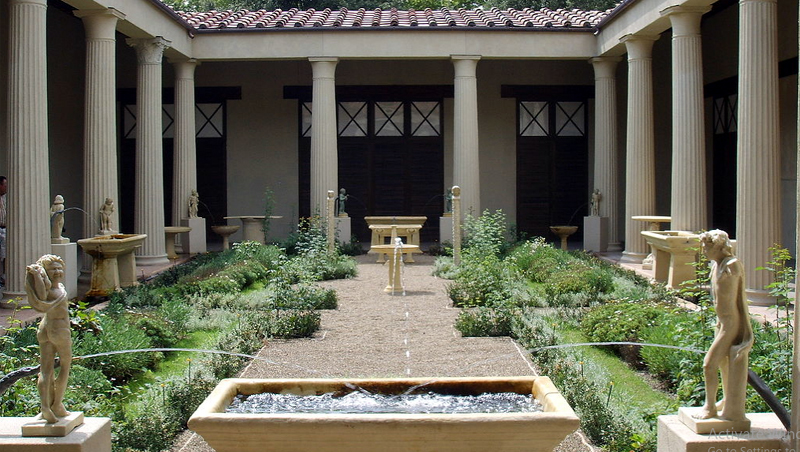An Architectural Masterpiece: The Origins of Pergolas
Pergolas have been around for centuries. Ancient civilizations used them for practical and aesthetic purposes. This tradition continues today. What is the evolution of these popular structures?
Also Checkout:
- Backyard Landscaping: 10 Pergola Design Ideas in Dubai
- 6 Important Ancient Egyptian Symbols
- 6 Things to Do on Luxury Holidays in Egypt
Ancient Egypt and the First Pergolas
Pergolas first appeared in Egypt around 3100 BCE in the early dynastic period. Early examples were quite simple, with wood columns and beam structures. Over time, more elaborate stone pergolas became popular among wealthier Egyptians. The columns might be decorated with carved hieroglyphs and images of gods or pharaohs. The canopy above was often made from grape vines or willow branches, providing dappled sunlight and breezes.
Pergolas were built off homes, in temple complexes, and within royal gardens. They offered respite from Egypt’s hot sun and provided pleasant outdoor areas for relaxation or gatherings. Tombs of nobles and pharaohs sometimes featured pergola-like structures, perhaps to represent an ideal, eternal garden. The famous golden shrines of Tutankhamun even have intricate golden pergolas modeled on real-life examples. While you won’t find golden pergolas at https://theluxurypergola.com/, there are many styles you are sure to love.
The Ancient Greeks and Shaded Walkways
Pergolas have been an architectural feature of Greek structures since ancient times. They were originally designed as shaded walkways supported by columns, often adjoining homes or public spaces. The pergolas provided shelter from the intense Mediterranean sun. At the same time, they allowed airflow, essential in the hot Greek climate.
Some of the earliest examples of Greek pergolas date back to the Mycenaean and Minoan periods between 1600-1100 BCE. Frescoes from these eras depict elegant homes with colonnaded porches and pathways leading through lush gardens. As Greek architecture advanced in the Archaic and Classical periods, pergolas became more ubiquitous elements integrated into the layout of homes, temples, gymnasiums, municipal buildings, and stoas. They offered functional shade and also embellished structures with rhythm and visual interest.
An Evolution of Form and Function in Rome
The Ancient Romans further evolved pergolas by standardizing some features. They tended to prefer rectangular pergolas with régular spacing between columns. Roman pergolas became both beautiful design features and functional shading structures integrated into gardens and outdoor areas across their Empire. The Romans introduced some pergola variants like the green tunnel which used vines trained horizontally across the structure.
Pergolas in Renaissance and Baroque Gardens
Pergolas fell out of favor along with formal gardening during the Middle Ages. However, a revival came with the Italian Renaissance as ornate gardens returned into style. Italians reintroduced diverse and creative pergola designs integrated with terraces, fences, gardens, and manor houses. More extravagant Baroque-era gardens used pergolas to create outdoor rooms partitioned off for parties or theater performances.
The Modern Revival of the Pergola
Pergolas were again less common in the informal naturalistic gardens of the 18th and 19th centuries. However, a revival came as 20th-century gardeners began integrating various historical elements. Contemporary pergola designs are now more diverse than ever with architects inventing new variants like the modern parasol pergola with its minimalist look. While still harking back to ancient civilizations, today’s pergolas meet thoroughly modern needs for stylish outdoor shade.
Also Checkout:
- Red Sea Global: A Journey Through Luxury Transit and Exclusive Sanctuaries
- Top 6 Landscaping Features for Commercial Properties in Dubai
From the columned walkways of Egypt and Greece to the pleasure gardens of Renaissance Europe, the fundamentals of the pergola have remained consistent while their forms have evolved across millennia. Both an architectural fixture and a haven of dappled shade, they elegantly meet the human need for comfort beneath open skies. The ancient legacy of the pergola lives on in landscapes today.





